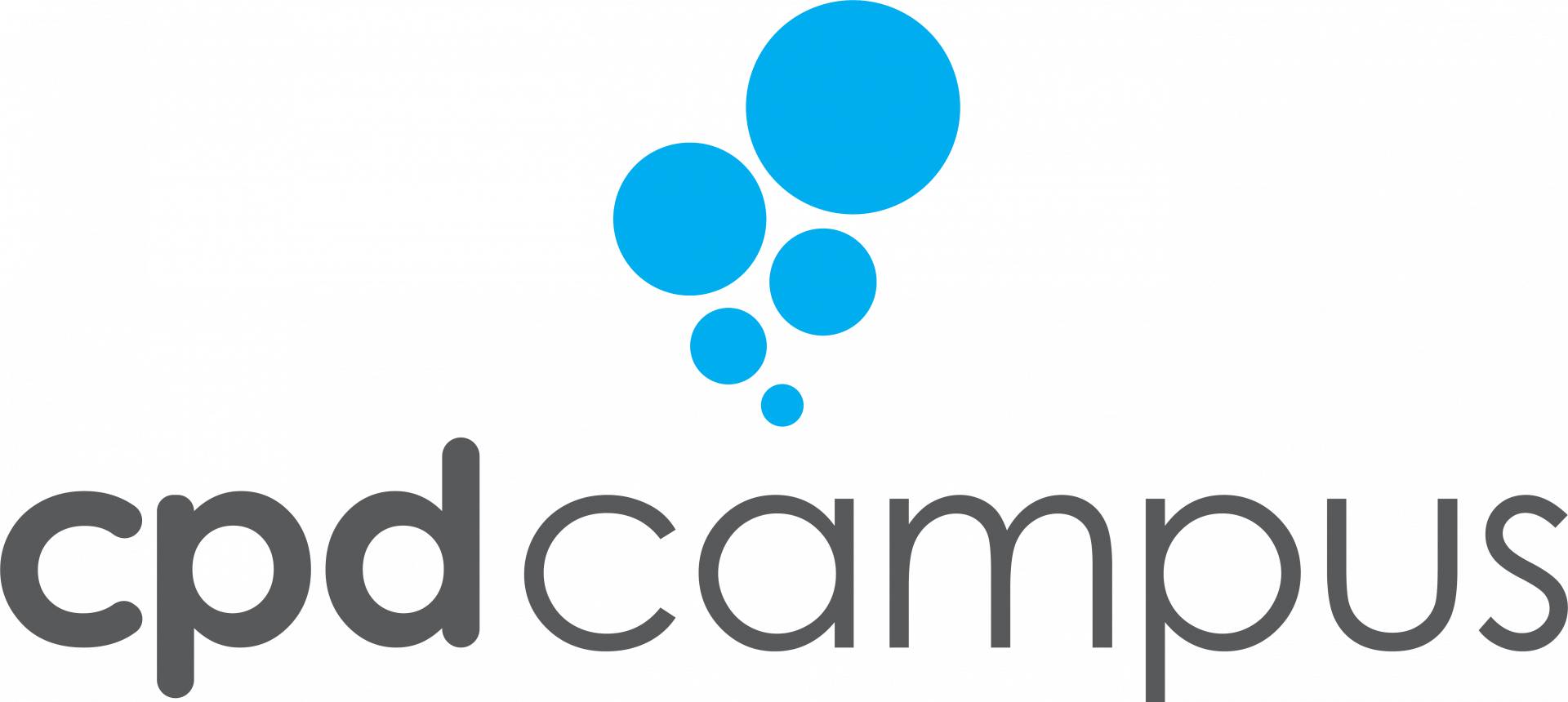Adaptability is our capacity (our ability and willingness) to respond appropriately to changed or changing situations.
Has there ever been a time when this skill was as needed as it is today?!
Many of us would like to see ourselves as adaptable. And, yet, if we enter into honest self-reflection, most of us will find that there are certain changes to which we respond with resistance or rigidity. Why does change (or some changes) evoke this response in us?
Because the brain is hardwired to favour familiarity in order to secure our survival!
How do we “override” this wiring?
One of the biggest influences on our ability to adapt, is our frame of reference when dealing with change. Therefore, one of our best tools to overcome our tendency to resist change, is “reframing”.
Our frame of reference is a complex schema of unquestioned beliefs, values, ideas, etc. that we use when assigning meaning to our world and what happens in it. In more “everyday terms”, our frame of reference is how we look at the world – almost like a pair of glasses that we wear, which influences what we see. If any part of that frame is changed (“reframed”), then the meaning that is assigned, changes.
In order to reframe, we need to be able to step back from what is happening around us and consider the frame, or “lens”, through which interpret it. We need to understand the underlying assumptions, beliefs, values, ideas, etc. that we are using to make sense of, and assign meaning to these events.
Our next step would then be to consider alternative “lenses”, effectively saying to ourselves, “Let's look at it another way.” Because when I change my frame of reference, I change my response. For example, we can reframe:
We can also help others change their frame of reference by changing their emotional state – by calming them down, by making them happier, by leading them to a less aggressive state, etc. For example:
From these examples, we can see that a key contributor to the process of reframing, is our word choice – when you feel the familiar resistance to change, try reframing with a different choice of words:
Watzlawick, Weakland and Fisch (1974) summarise this “gentle art of reframing” quite accurately as follows:
“To reframe, then, means to change the conceptual and/or emotional setting or viewpoint in relation to which a situation is experienced and to place it in another frame which fits the 'facts' of the same concrete situation equally well or even better, and thereby changing its entire meaning.”
So, the next time you find resistance rising to the surface, aid your adaptability by using the reframing technique. For, in the words of Marianne Williamson, “Our key to transforming anything lies in our ability to reframe it.”
Has there ever been a time when this skill was as needed as it is today?!
Many of us would like to see ourselves as adaptable. And, yet, if we enter into honest self-reflection, most of us will find that there are certain changes to which we respond with resistance or rigidity. Why does change (or some changes) evoke this response in us?
Because the brain is hardwired to favour familiarity in order to secure our survival!
How do we “override” this wiring?
One of the biggest influences on our ability to adapt, is our frame of reference when dealing with change. Therefore, one of our best tools to overcome our tendency to resist change, is “reframing”.
Our frame of reference is a complex schema of unquestioned beliefs, values, ideas, etc. that we use when assigning meaning to our world and what happens in it. In more “everyday terms”, our frame of reference is how we look at the world – almost like a pair of glasses that we wear, which influences what we see. If any part of that frame is changed (“reframed”), then the meaning that is assigned, changes.
In order to reframe, we need to be able to step back from what is happening around us and consider the frame, or “lens”, through which interpret it. We need to understand the underlying assumptions, beliefs, values, ideas, etc. that we are using to make sense of, and assign meaning to these events.
Our next step would then be to consider alternative “lenses”, effectively saying to ourselves, “Let's look at it another way.” Because when I change my frame of reference, I change my response. For example, we can reframe:
- An impossibility as a possibility, or partial possibility.
- A problem as a temporary setback or challenge.
- A weakness as a strength.
- A failure as a learning, or a step towards growth.
We can also help others change their frame of reference by changing their emotional state – by calming them down, by making them happier, by leading them to a less aggressive state, etc. For example:
- You say the deadline cannot be met. But what if we staggered deadlines for various phases of the project and got in an additional resource to assist with parts of the project? Could that increase our ability to meet the deadline?
- It does seem stupid at first, yes. But it may also be unwise not to consider the facts again to see what else might be doable.
- The intent is not to discard the way in which we’ve been doing this, but rather to see if there might be easier or quicker ways to achieve the same end result.
From these examples, we can see that a key contributor to the process of reframing, is our word choice – when you feel the familiar resistance to change, try reframing with a different choice of words:
- From “I can’t do this” to “I can’t do this yet. How do I learn to do this?”
- From “I don’t know” to “Let me find out.”
- From “This is too tough” to “This seems like a challenge to overcome.”
- From “I am too old” to “It is never too late.”
- From “I don’t like this” to “What in this could be good?”
Watzlawick, Weakland and Fisch (1974) summarise this “gentle art of reframing” quite accurately as follows:
“To reframe, then, means to change the conceptual and/or emotional setting or viewpoint in relation to which a situation is experienced and to place it in another frame which fits the 'facts' of the same concrete situation equally well or even better, and thereby changing its entire meaning.”
So, the next time you find resistance rising to the surface, aid your adaptability by using the reframing technique. For, in the words of Marianne Williamson, “Our key to transforming anything lies in our ability to reframe it.”


